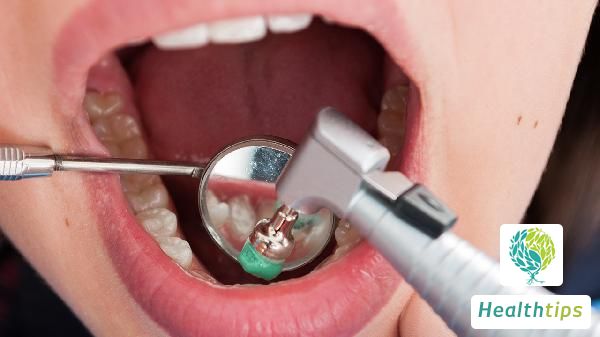How Long Does It Take for Gum Swelling and Pain to Subside, Considering Its Already Much Better After Two Weeks?

Food impaction is one of the common non-pathological factors. When eating, foreign objects like fish bones may get stuck in the gaps between teeth, causing local inflammation and leading to gum swelling and pain. Usually, the symptoms will subside after removing these food residues. If the symptoms persist or worsen, professional oral cleaning may be required.
Periapical periodontitis occurs due to the inflammation spreading to the surrounding tissues of the tooth root. Patients may need to take antibiotics such as Metronidazole Tablets or Amoxicillin Capsules under the guidance of a doctor to control the infection. In some cases, root canal treatment may be necessary to thoroughly solve the problem.
Dental caries can stimulate the gums, causing pain. For dental caries, the decayed part needs to be removed and filled with composite resin material to restore the shape and function of the tooth.
Bacterial invasion may lead to pulpitis, stimulating the tooth nerve and causing pain. Patients in the acute phase can drain the pus through pulp opening and drainage and take painkillers such as Ibuprofen Sustained Release Capsules under the guidance of a doctor. Root canal treatment is also an effective long-term solution.
Other possible factors include pericoronitis of wisdom teeth and epulis. Regardless of the situation, maintaining good oral hygiene habits is very important. It is recommended to brush teeth twice a day, in the morning and evening, and rinse the mouth after meals to reduce the chance of bacterial growth. Regular oral check-ups also help detect and address potential problems in a timely manner, thereby avoiding more serious oral health issues.



















